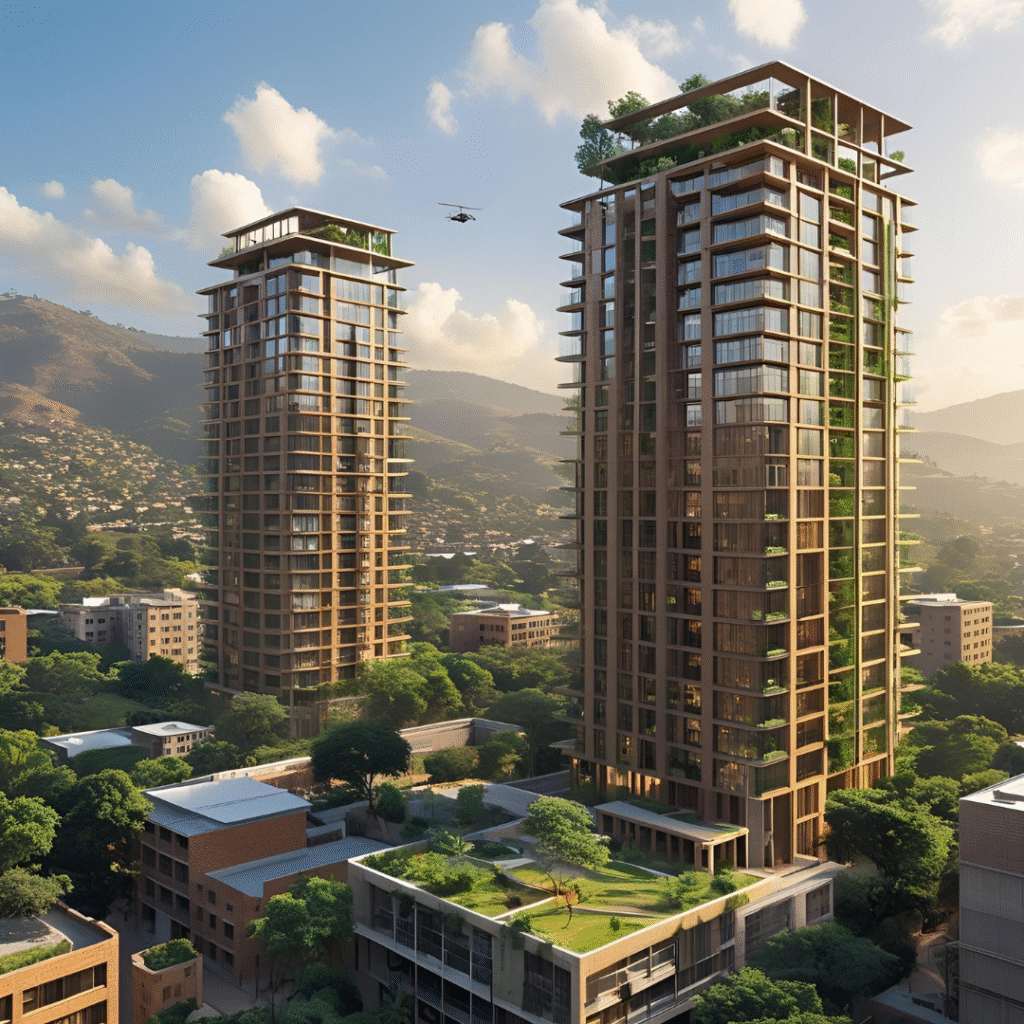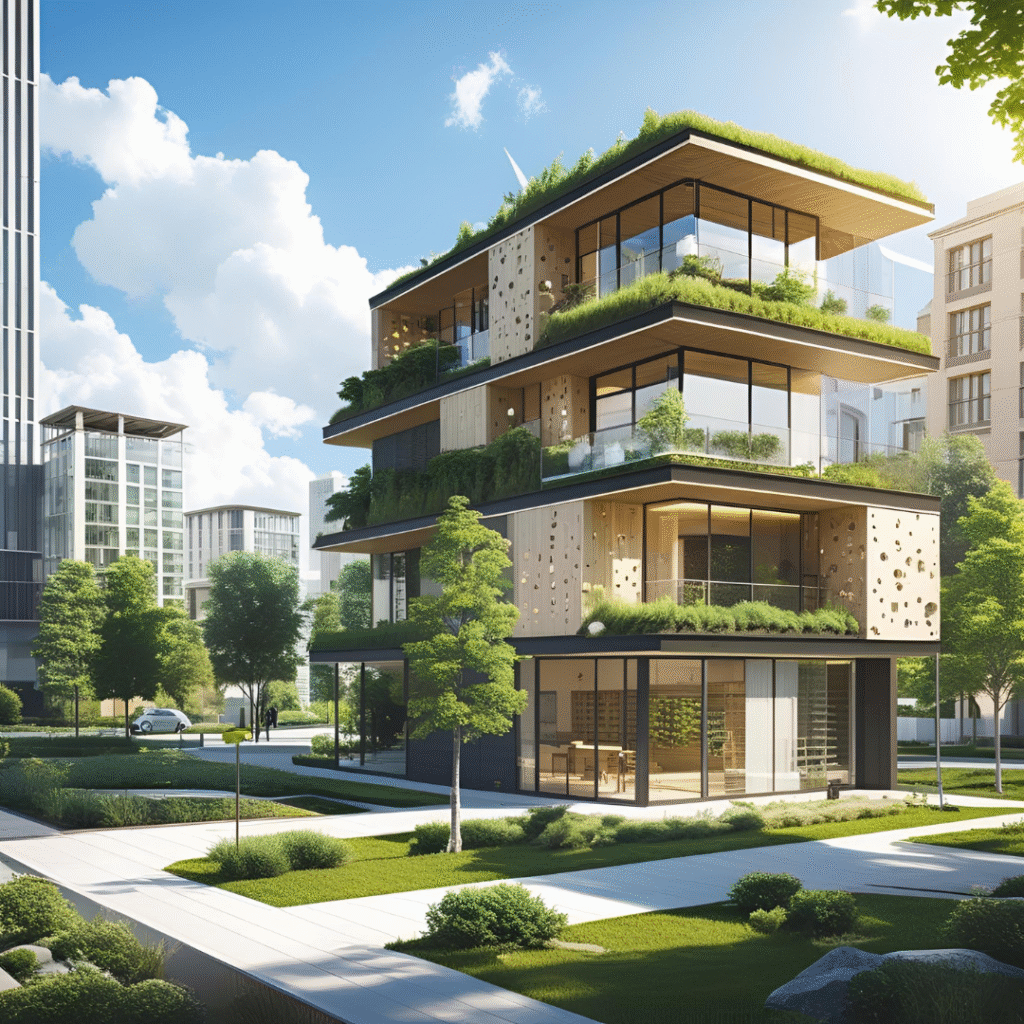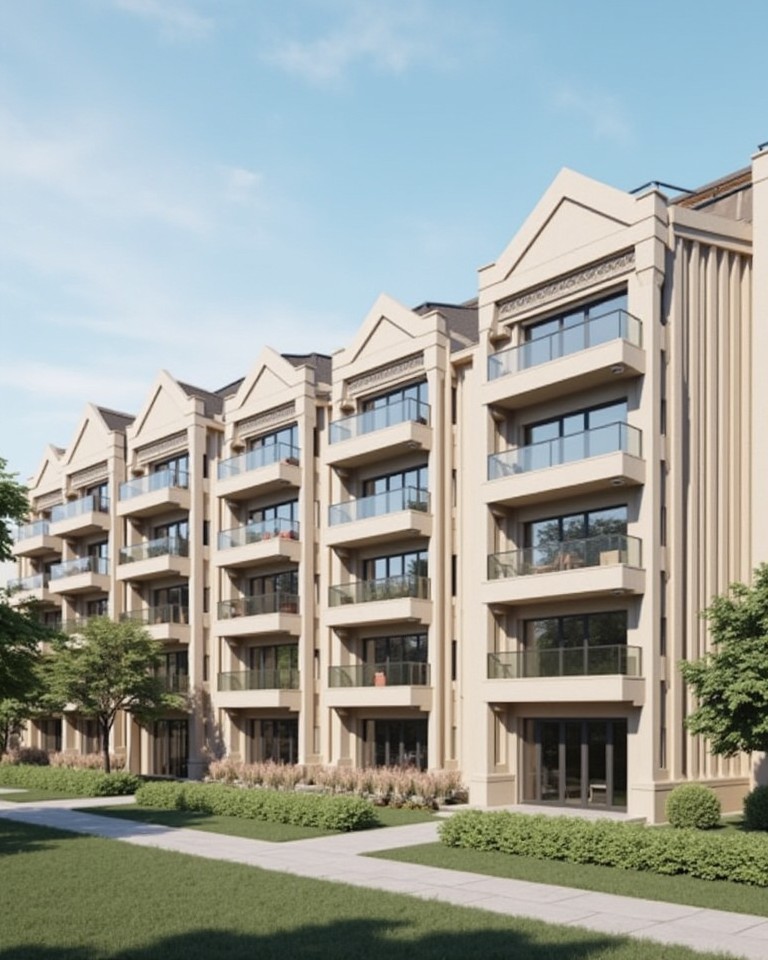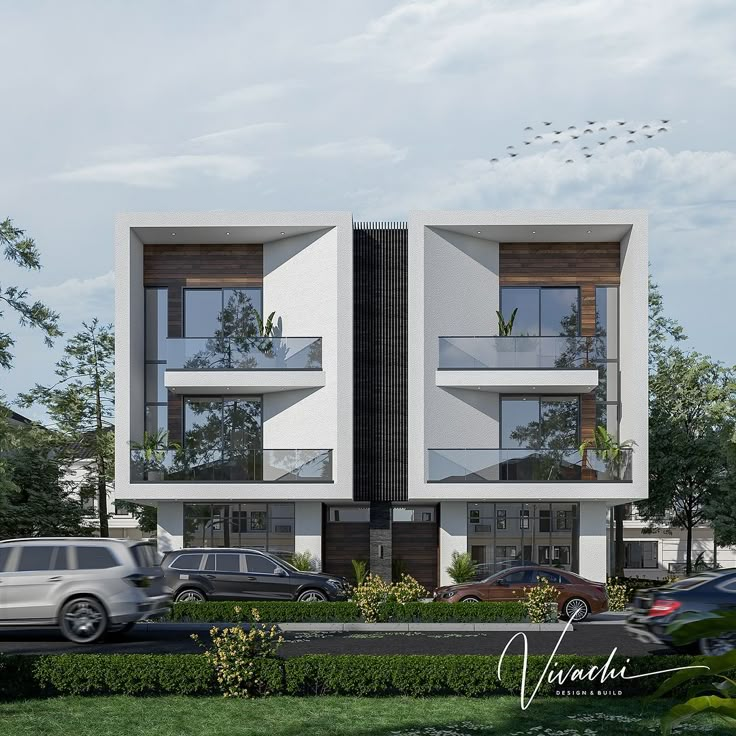In the fast-paced world of urban development and real estate investment, the term Master Plan often surfaces as a central concept. But what exactly is a master plan, and why is it so critical to the success and sustainability of real estate projects? A master plan is a long-term planning document that provides a conceptual layout to guide future growth and development. It is the foundational blueprint...
Construction
As Kenya’s urban population continues to grow, so does the demand for housing, offices, and infrastructure. This rapid development comes with a significant environmental cost. The construction sector is among the largest contributors to greenhouse gas emissions globally, and Kenya is not exempt. With climate change already affecting rainfall patterns, agriculture, and energy systems, the adoption of...
Kenya’s urban population is growing at an unprecedented rate. With cities like Nairobi, Mombasa, Kisumu, and Nakuru witnessing rapid expansion, the demand for affordable, sustainable, and inclusive housing has never been more urgent. To address this challenge, Kenya must embrace housing solutions that are not only cost-effective but also adaptable to diverse income levels and urban needs. Understanding...
As cities expand and populations grow, the way we live continues to evolve. One of the core pillars of real estate development is housing typology—the classification of homes based on their structure, layout, density, and function. From compact urban apartments to spacious standalone homes, each housing typology serves a specific purpose and target demographic. Understanding these typologies is...
In the world of real estate, detached homes represent the pinnacle of exclusive residential living. These standalone units, often set on expansive plots in tranquil neighborhoods, go beyond simple housing they offer privacy, autonomy, and a lifestyle defined by space and sophistication. For high-income families, detached homes remain the preferred choice for long-term comfort and prestige. What is a...
As cities grow and lifestyles evolve, the way we live, work, and play is changing dramatically. One of the most exciting trends in urban development is the rise of mixed-use communities, neighborhoods designed to combine residential, commercial, and recreational spaces into a single, integrated environment. But what exactly are mixed-use communities, and why are they gaining so much popularity? What Are...
In recent years, gated communities have become an increasingly popular housing option around the world—including in Kenya’s growing urban centers and coastal hotspots. But what exactly defines a gated community, and why are more people choosing to live behind gates? At its core, a gated community is a residential area with restricted access, often surrounded by walls or fences and equipped with...
When it comes to real estate, location is key but premium amenities are the secret sauce that transforms a good property into an exceptional one. In today’s competitive market, developers and homeowners alike are placing increasing importance on lifestyle-enhancing features that go beyond basic necessities. These amenities not only attract discerning buyers and tenants but also significantly boost...
Owning a home by the beach sounds like a dream endless ocean views, fresh sea breeze, and that relaxing coastal vibe. But beneath this idyllic lifestyle lies a reality many coastal homeowners often overlook: maintenance costs. Salt air and humidity are relentless forces that accelerate wear and tear, making regular upkeep not just a choice, but a necessity. Why Salt Air and Humidity Are Tough on Coastal...
If you’ve been dreaming of owning a home in Kenya, the Kenya Mortgage Refinance Company (KMRC) is changing the game. With mortgage rates rising elsewhere, KMRC offers a more affordable way to finance your home, making homeownership a real possibility for many Kenyans. How KMRC Makes Mortgages More Affordable Unlike traditional mortgage lenders that charge higher interest rates, KMRC works with banks,...





